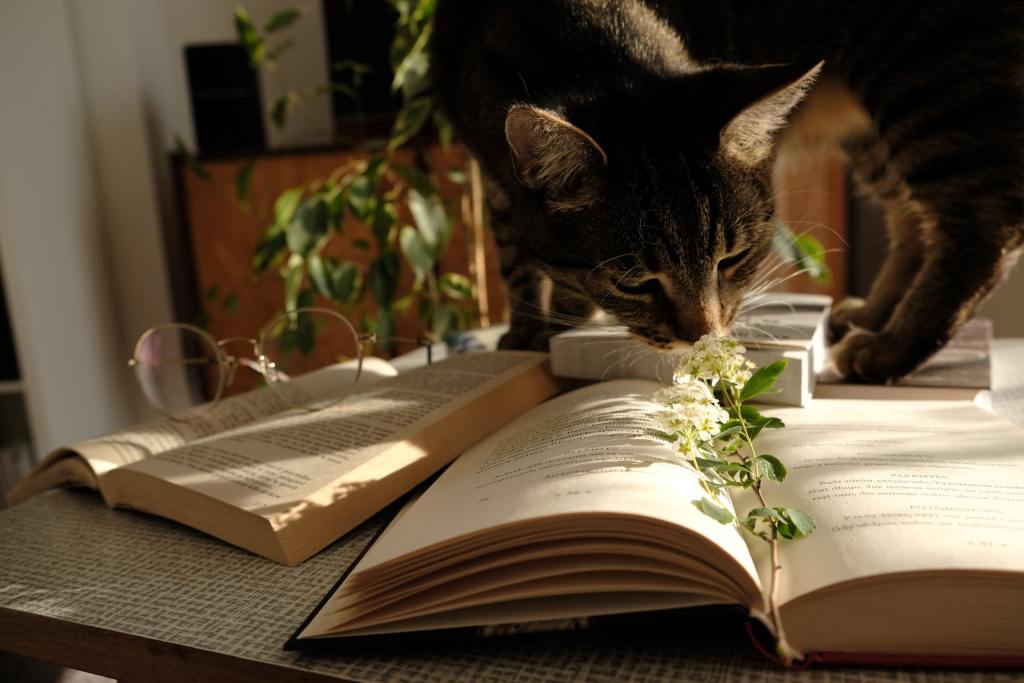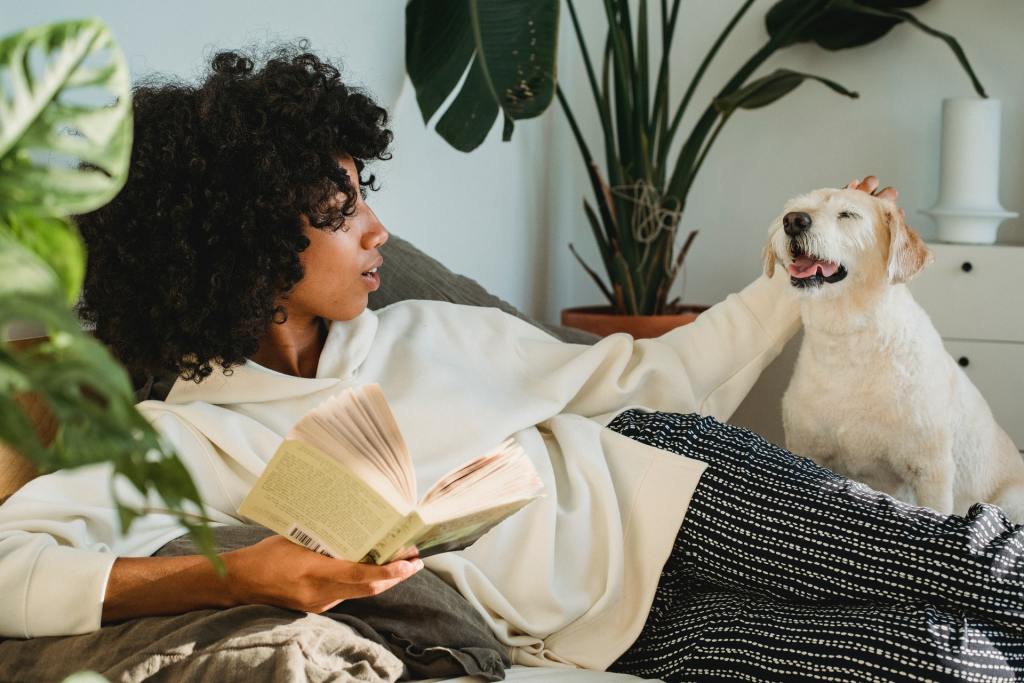Many pet parents who also have a penchant for plants are diligent about sourcing common houseplants that won’t be toxic for their furry friends. But if you have potentially toxic plants or want to keep your animal companions from damaging your foliage, what should you do? The emphasis is often, quite naturally, on keeping your pets safe, but there are precautions that you can take to protect your plants from curious critters. Ahead, we go over the most common pet issues with plants and break down ways to avoid them!

Chewing on leaves
If you have an animal that loves nibbling on leaves, you’re not alone. Plant foliage is often attractive and fragrant, making them tempting chew toys for pets! Not only can this be bad for your plant, but it may make your pet sick as well—even with plants labeled nontoxic, some unpleasant symptoms of chewing on foliage include vomiting, diarrhea, and other gastrointestinal problems.
One way that dog and cat parents keep their furry companions away from plants is by spraying foliage with diluted lemon juice or leaving citrus peels in the soil. These animals can usually digest citrus fruits safely, but they don’t necessarily enjoy the smell or taste. Vinegar is also a deterrent—again, you’ll want to dilute it because it’s strong enough to work as an herbicide. Coffee grounds work too, and—an added bonus—are an excellent fertilizer.
Another way to keep paws off plants is by creating a welcome distraction—set aside a play area with chew toys so that your pets won’t gravitate towards your foliage. You can also deliberately grow plants that your pets will love. For example, set up a planter of homegrown cat grass and catnip for your feline friend. Instead of your prolific spider plant, your cat can instead relish in plants that they’ll enjoy for eating and playing.
Digging up dirt
When your pets dig up soil from your houseplants, things can get messy quickly. Additionally, potting mixes fortified with chemical fertilizers and plant food can be toxic for them. Some plant parents will wrap wire cages or window screens around their plants, but these solutions aren’t necessarily attractive for indoor plants. Others may even place their prized plants in hard-to-reach places, such as the top of refrigerators or curtain rods.
If you’ve got a feline that can jump high, however, you may have the best luck with leaving heavy rocks on your soil. This method keeps dirt out of sight and out of mind, working especially well for cats who prefer smooth, sandy litter. Adding stones to your soil will also help your plants retain moisture better, so you won’t have to water them as much, either!

Knocking plants down
If you’re able to solve the issue of your furry friends digging up dirt, you may still have the issue of them knocking your plants down. Keeping your plants in high spots can be helpful, but it might not always work. As we’ve mentioned, cats can jump high, so they may end up pushing your planters anyway. One solution you might try is using a heavy ceramic or clay planter that budges less when your pet pushes it around.
If your pet mostly stays indoors (as is the case for most domesticated cats), another way to mitigate the issue of them pushing down your plants is to leave your plants outside in your yard or patio, where they can’t reach them. What also works, of course, is keeping your pet in a plant-free room or a fenced-off area. Try positive reinforcement by giving your pet a small treat whenever they stay away from your plants.
Keeping both your pets and plants happy can be a tough balancing act, but it’s an achievable goal. Pets can be prone to nibbling on leaves, digging up dirt, and knocking plants over. Even with all of that in mind, you don’t have to choose between pets and plants because both can coexist with due diligence. Whether you’re thinking of spraying your leaves with diluted lemon juice, covering your soil with stones, or creating a physical barrier between your fur and plant babies, there’s a myriad number of solutions to try before you resort to choosing between one or the other!



